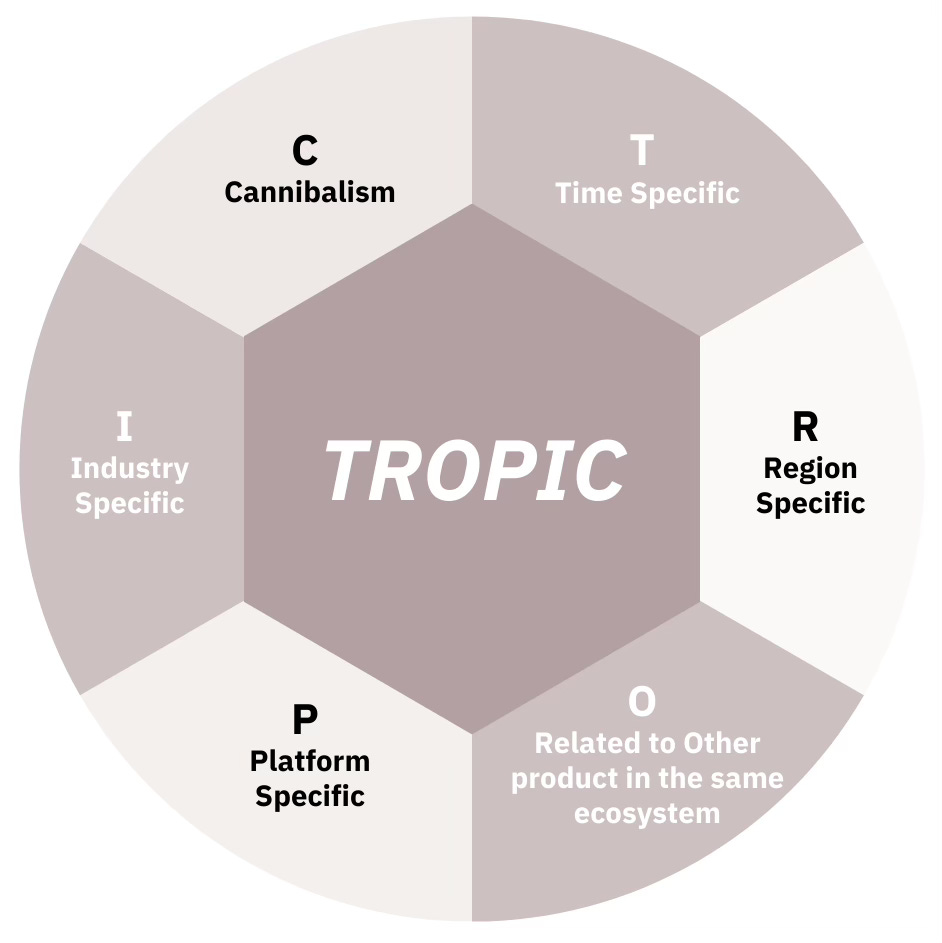From Cart to Completion: Conquering Checkout Friction
Uncover the reasons behind a fictional decline in Zomato's order completion rate and craft a data-driven product solution using this comprehensive case study
Zomato’s order completion rate has dropped in the past quarter. How will you solve this problem?
Understand the problem
It has been observed that the order completion rate, i.e., the rate at which carts with food items added by users are successfully converted into orders, has decreased in the past quarter. This could be due to many internal and external causes, which takes us to step 2 of our study - identifying probable causes.
List out probable causes by asking clarifying questions.
We will use the TROPIC method to gather and identify probable causes of decreasing order completion rates. By Tropic method, we meant -
T - Time Specific - Is this a sudden or gradual change?
R - Region Specific - Is it happening only in India or globally?
O - Other products in Ecosystem - Are we facing the same issues in Zomato’s other products as well?
P - Platform - Is it platform-related, such as web/app/ios/android?
I - Industry - Is there any new competitor in the industry? Or is any existing competitor taking away customer engagement?
C - Cannibalism - Is there any other product feature killing the ordering feature?
Along with the above questions, we also need to check the UX flow of the feature we are currently improving. In our case, it is order completion flow -
It is necessary to understand the user flow as it might be the case that some Relational KPI(s) might be affecting the result. For example, in this case, users might be facing issues in adding food items, which causes them to be unable to place an order.
Assumptions
It is a gradual change as it has been happening since last quarter
It is happening globally
No other product in the ecosystem is facing the same issue
It is not platform-specific
At this stage, we can list the possible issues -
Bugs affecting order completion
Any new feature introduced recently
Change in the food ordering process flow
New competitors in the market
Local events - festivals or natural calamities
Government regulations
Possible solutions
There are some standard ways to fix some recurring issues that happen in a product lifecycle -
Bugs - Sit with the development team and send a hotfix
Any new feature introduced recently - Discuss with the development team and prepare for a quick fix or rollback.
Change in the food ordering process flow - Discuss with the UX team and understand if there’s some issue in the flow - if yes, incorporate change and do A/B testing before going live.
New competitor in the market - Research the competitors, both - existing and new. Try to understand what they are doing to attract users to their product. This can then be taken up as a new problem statement, as it needs more analysis, research, and discussion with different teams to improve.
Local events - festivals or natural calamities - In the case of the festival, we can sit with the PR team and give offers for different festivals. In the case of a calamity, we can discuss with the business team to see if we can help people with our services.
Government regulations - In this case, we need to sit with the compliance team or team handling government-related tasks to see what the issue is and how we can correct it.
The following steps in this case study will be implementing the above-shared solutions, monitoring the metrics, and seeing if the issue still exists or if there’s any space for improvement.





